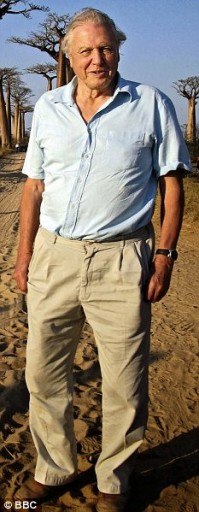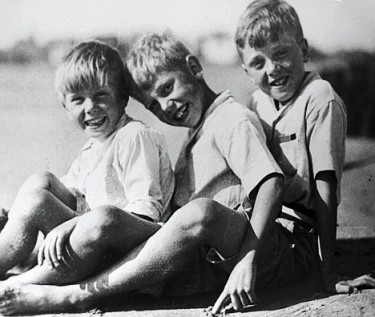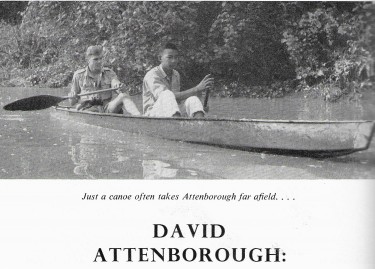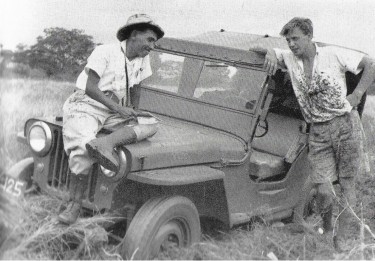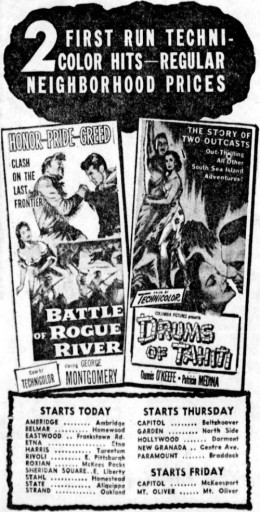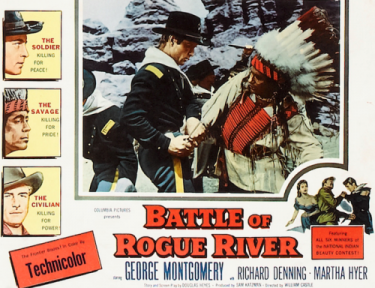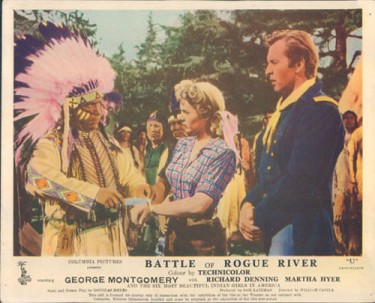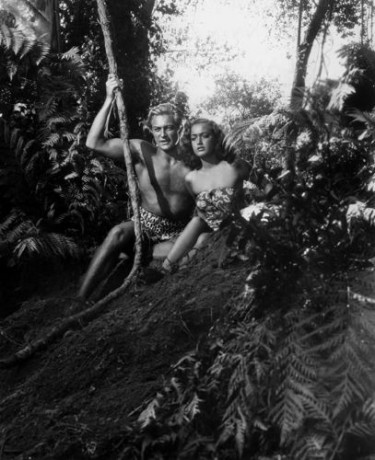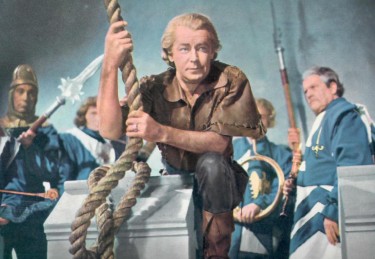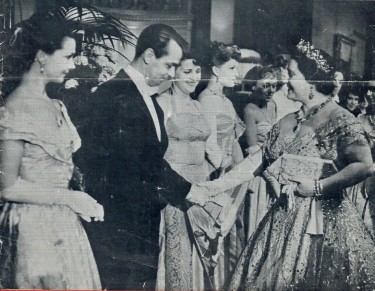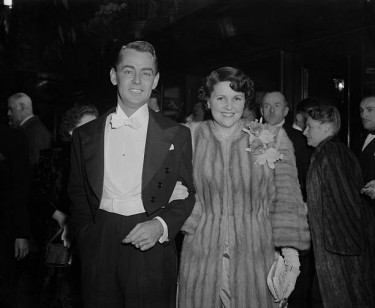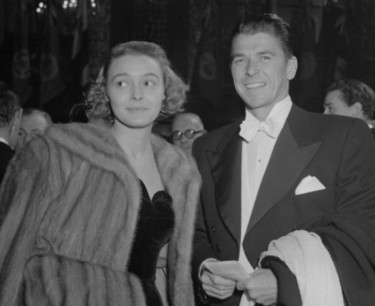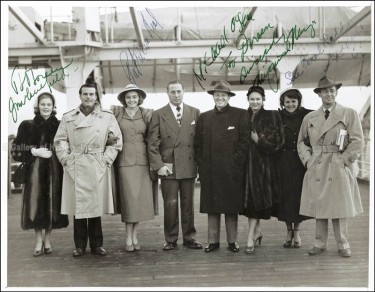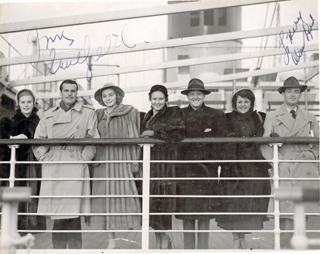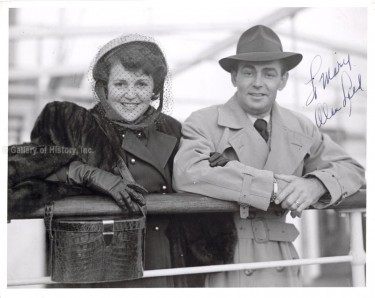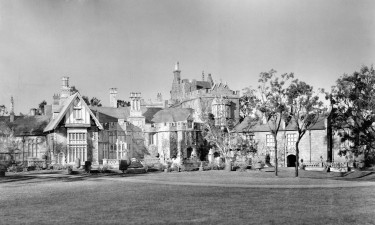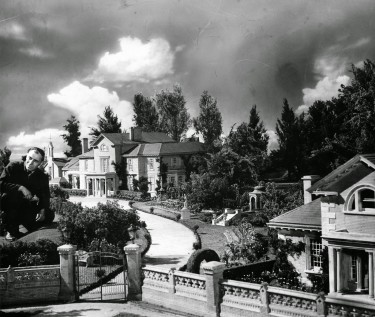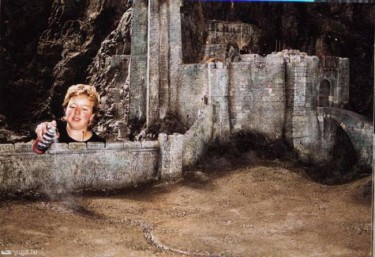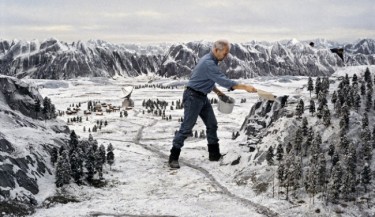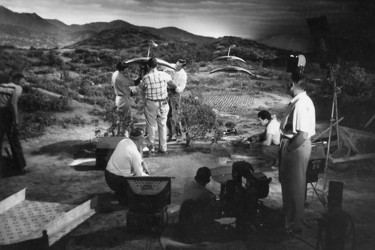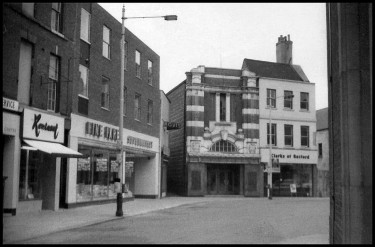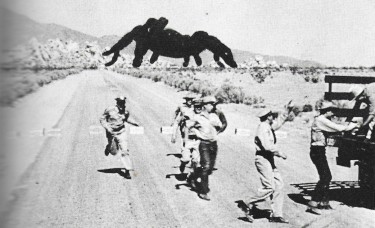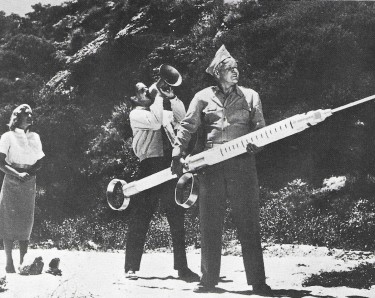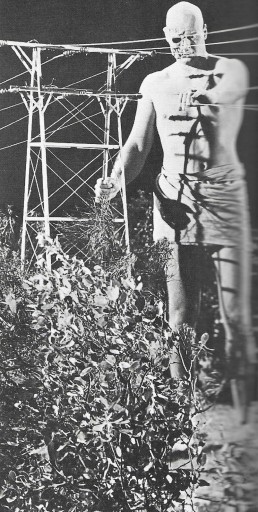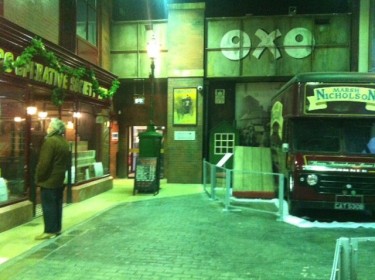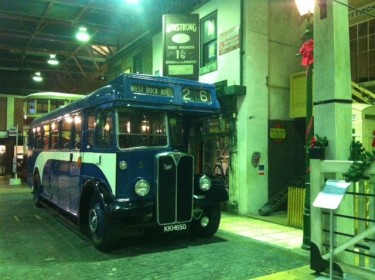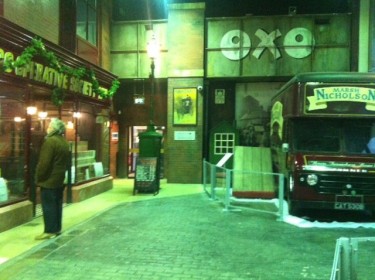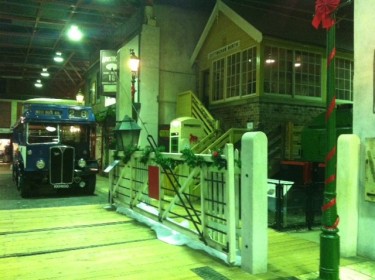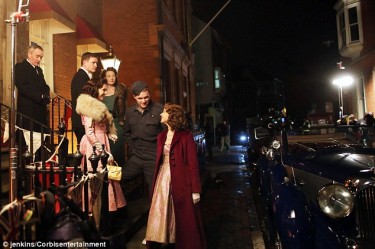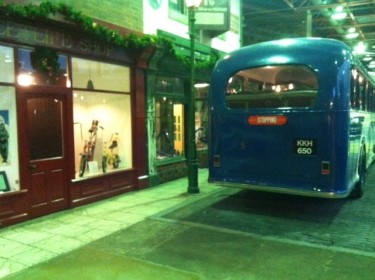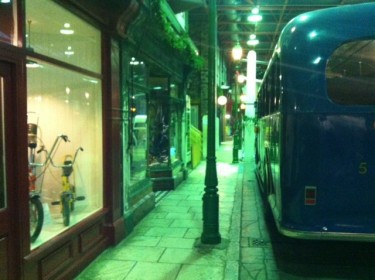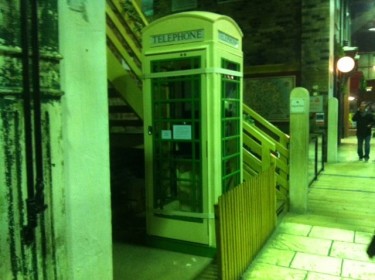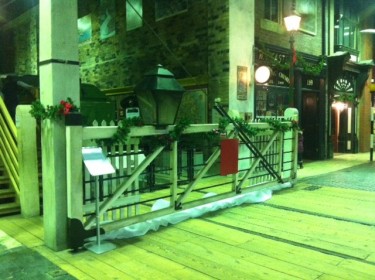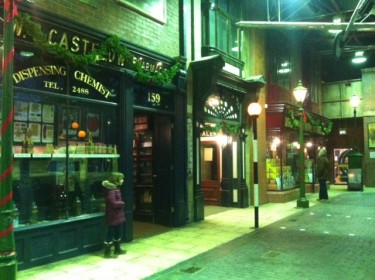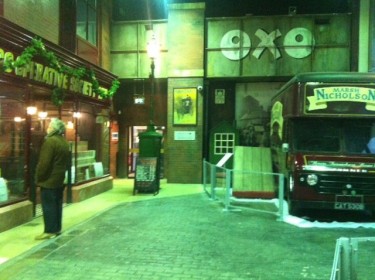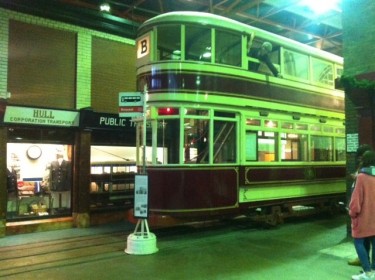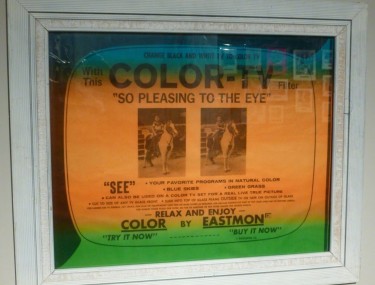This is an actor who was around through the late forties fifties and well into the 80s – mainly portraying German Officers in some memorable War Films – such as Where Eagles Dare – and before that Albert RN and The Colditz Story.
Derren Nesbitt played cold-blooded SS officer, Major von Hapen, in Where Eagles Dare (1968) and so effective was he in the role that his co-star Anton Diffring, famously remarked: “You’re more German than I am!”
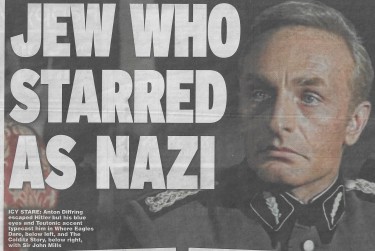

In fact he had fled Germany before the War and sought refuge in Canada. He was of Jewish parentage and was gay – neither of which would have endeared him to the Nazi Regime in pre War Germany – so it is cruelly ironic that it seems he was to make his living – and a very good living – out of playing Nazi Officers or such roles over so many years. Wherever there was casting for a War film, you can bet on it that Anton Diffring would be one of the first to be cast – and at the time, he would have no doubt as to the role he would be playing.
Having trained as an actor in Berlin and Vienna, Anton Diffring left his homeland in the late 1930s and went first to the US and then to Canada, where he was interned.
He came to Britain after the War in the late 1940s to try his luck but it took him a while to become established.
His first credit in a British film came in 1950, in State Secret.
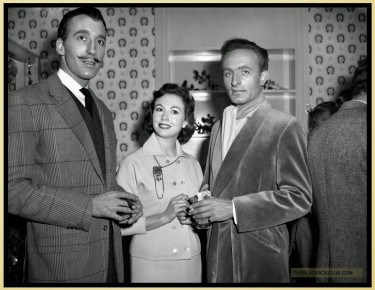
Above – in a non German Officer Role Anton Diffring starred in Hammer’s Production of The Man Who Clould Cheat Death in 1959 – pictured here on what looks to be a social occasion – with Hazel Court and Christopher Lee – who were with him in this film.
He actually had star billing in this one – apparently Peter Cushing was unavailable for the Hammer Production.
Anton Diffring, died on 20th May, 1989. Depending on which source you believe, he was either born Anton de Vient or Alfred Pollack, in Koblenz.
He was never one hundred percent happy playing the roles he was offered, but practical enough to take the money and security that these parts gave him. He continued to make the most of his blonde hair, blue eyes and chiselled features on both sides of the Atlantic, appearing in such classics as Albert RN (1953), The Colditz Story (1955), The Heroes of Telemark (1965), The Blue Max (1966), Where Eagles Dare (1968), Operation Daybreak (1975 – as SS officer Reinhard Heydrich) and Escape to Victory (1981).
We also remember him for the Horror roles – as well as the one above – he played Dr Schuler in Circus of Horrors (1960) and Pavel in The Beast Must Die (1974).
Unusually though, he played in one of the comedy stories created in The Galton and Simpson Playhouse series where he played opposite none other that Arthur Lowe – in the episode below :-
Car Along the Pass
Henry Duckworth is living proof that the English take their holidays very seriously indeed.
Starring Arthur Lowe, Mona Washbourne and Anton Diffring
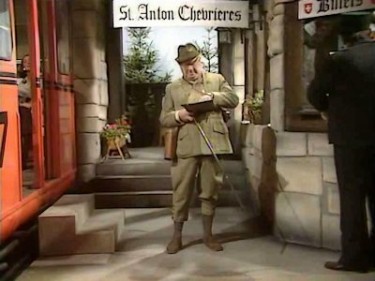
Henry Duckworth would never have imagined that he would be trapped in a cable car with a German couple when he set off on his Alpine holiday ABOVE
Car Along The Pass, is the first of seven stories in the Galton and Simpson Playhouse series. Henry and Ethel Duckworth (Arthur Lowe and Mona Washbourne) take a cable-car trip in the Swiss Alps. Henry hasn’t enjoyed his holiday at all and things don’t improve when the cable-car stops when it’s only half way across. The passengers are told that repairs will take a few hours, so naturally Henry (since he’s an Englishman) decides to take charge.
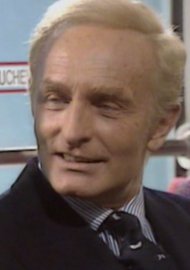
Henry Duckworth has some similarities with Arthur Lowe’s most famous comedy character (Captain Mainwaring from Dad’s Army) – both are rather pompous and very proud of their country of birth, but whereas Captain Mainwaring is also a basically decent man Duckworth is more of a blinkered bore, without many redeeming qualities. Not sure of the part that Anton Diffring played here – looks to be one of the German tourists trapped in the Cable Car. This was shown on Television on 17 th February 1977.

ABOVE – These two famous actors play out a scene on the Cable Car – Ironic that these two actors played their most famous parts on opposite sides to one another.
Anton Diffring also worked in several international films, including François Truffaut’s Fahrenheit 451 (1966).
He died in his home at Châteauneuf-Grasse in southern France, in 1989 and, while no official statement as to his cause of death was ever released – fellow German actor Arthur Brauss suggested, in a 2002 interview, that he died from an AIDS related condition.
However, in her biography of the actor, author Susan Edwards states that he died of cancer.

